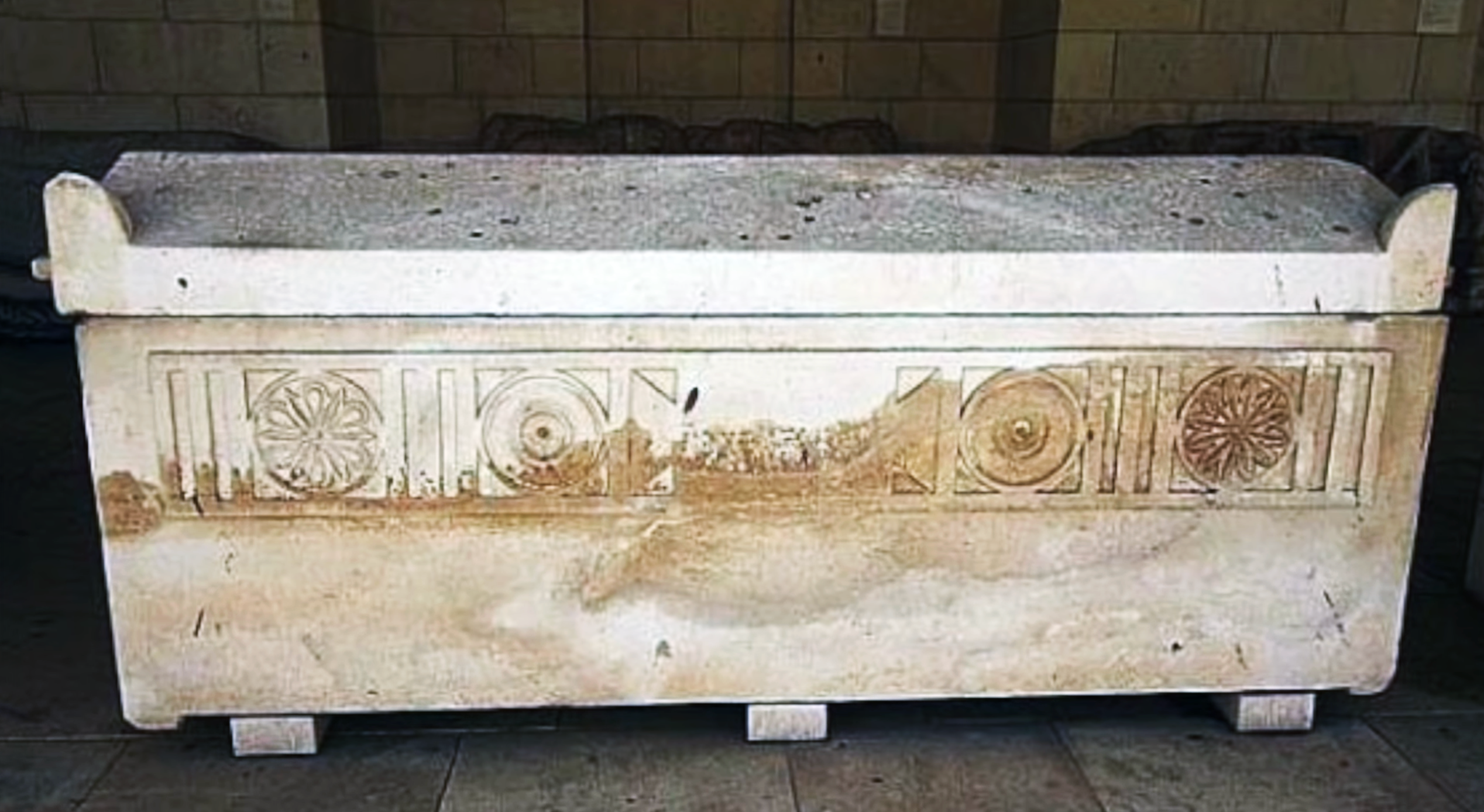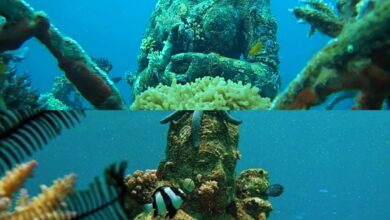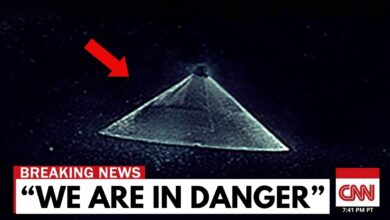800-Million-Years-Old Sarcophagus In Siberia: Tisul Princess

On September 5, 1969, in the remote village of Rzhavchik in Siberia, Soviet Union, a strange event occurred. Miners at a coal mine discovered a secret shaft containing a marble coffin, 70 meters underground. When they opened the coffin, inside was the body of a young woman, estimated to be 25-30 years old, perfectly preserved in a mysterious pink liquid. The body did not appear to have decomposed, with unusually fair skin, long dark brown hair, and blue eyes.
The discovery quickly attracted the attention of local authorities and the KGB security agency. The coffin and the preserving liquid were transported to Novosibirsk for analysis. Scientists discovered that the body and coffin were about 800 million years old, challenging current understandings of the history of life on Earth. This created confusion and many theories emerged, including the possibility that the body belonged to an ancient civilization or even an alien race.
However, the story was covered up by the Soviet government. The KGB intervened, confiscating all relevant documents and persecuting those who dared to go public with the matter. It was not until the collapse of the Soviet Union that the story of “Princess Tisul” was retold, with newspaper articles and eyewitnesses confirming the existence of the discovery.
The event was also linked to many mysterious deaths of people associated with the coffin, making it one of the strangest and most controversial stories in history.
Documents, notes, and samples of the preservation fluid associated with Princess Tisul’s discovery were confiscated or destroyed by the government, which only fueled speculation about the true nature of the find. Many began to question whether the find threatened established historical narratives or national security, or whether the government was trying to suppress information that could alter public perceptions of human history.
The lack of transparency and efforts at concealment led many to question the government’s motives, leading to speculation that there might be something in the coffin, or the very existence of Princess Tisul, that could change our understanding of the human past.
The mystery surrounding the find has captured the imagination of many people around the world. In the absence of concrete evidence to guide hypotheses, the story of Princess Tisul has become a “blank canvas” upon which various theories have been drawn, each offering its own explanation for her existence and the advanced technology she appears to possess. One of the most prominent theories is the hypothesis of the existence of an ancient civilization, far beyond any known civilization. Proponents of this theory argue that Princess Tisul was not an alien, but a representative of an ancient civilization, possibly an ancestor of the human race.
Researchers point out that the advanced materials and techniques implied by the coffin and the preservation fluid are evidence of a forgotten culture, whose knowledge and technology far exceed that of contemporary humans. This civilization, they say, may have existed on Earth at a time when mainstream science believed the planet was incapable of supporting life, or could only support simple organisms. According to this theory, Princess Tisul could have been an important member of an ancient society, preserved for thousands of years by methods that have been lost to time.

Some believe that a catastrophe destroyed this civilization, and Princess Tisul was left as a reminder of life on Earth before a major catastrophe. Others believe that the dating of the discovery may be wrong, that the princess is not 800 million years old but only about 50,000 years old, which still makes the discovery groundbreaking. There has also been speculation that she may be an extraterrestrial being from a crashed spacecraft, suggesting that she may have been deactivated and that the metal box next to her was a wake-up tool and means of returning to Earth.
Proponents of this theory argue that the materials and methods of her preservation surpass those of any human at any time in history, pointing to a non-terrestrial origin. The evidence of her perfect preservation and the fabric of her clothing, along with the black box having no counterpart in human technology, are taken as evidence of alien influence. This theory often intersects with ideas of ancient astronaut visitation, suggesting that human history has been influenced by contact with extraterrestrial civilizations. Questions about the disappearance of evidence and the silence of witnesses remain unanswered, adding to the mystery of Princess Tisul. The lack of concrete evidence and efforts to discredit those who saw the artifacts have turned the discovery into a modern legend, a story that continues to captivate and provoke debate around the globe.








